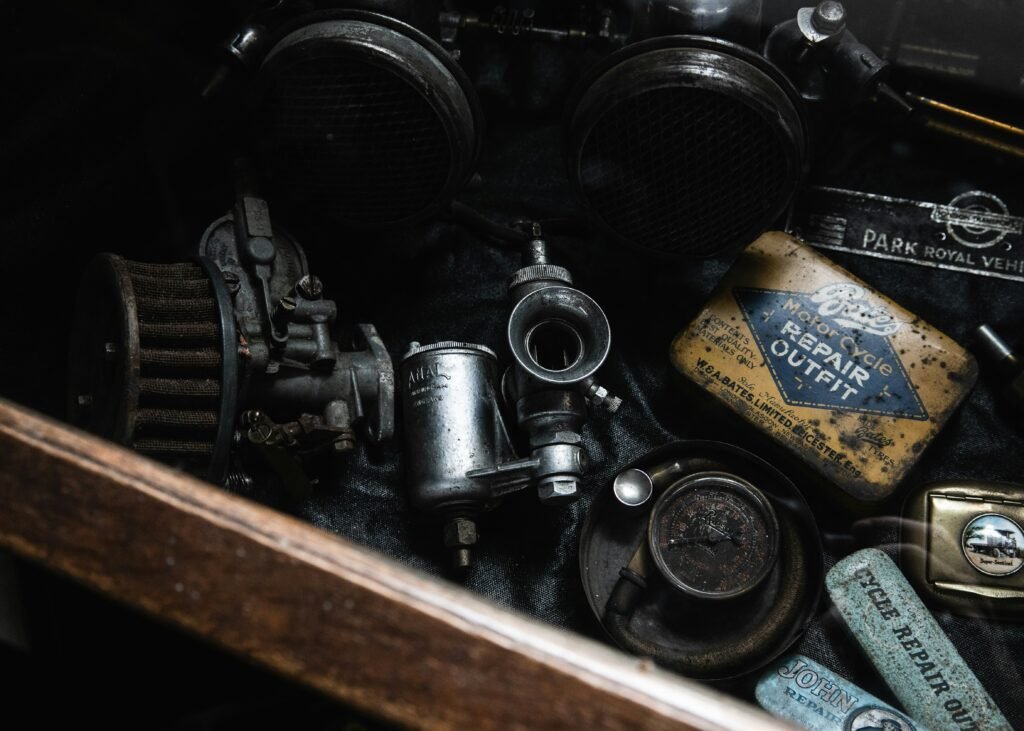Among British coin collectors and curious spenders alike, few coins have sparked as much interest in recent years as the Two Pounds William Shakespeare series. These coins, issued by The Royal Mint to celebrate England’s most iconic playwright, have caught the attention of numismatists, casual collectors, and even those who simply find one in their change and wonder—could this be worth more than two quid?
In 2025, as coin collecting continues to rise in popularity across the UK, questions around the true value of these Shakespeare £2 coins persist. Are they just pocket change with a pretty design, or do they hold real investment potential? Let’s delve into the facts behind the William Shakespeare £2 coins, their historical context, how to identify them, and what they’re actually worth today.
Why Was the William Shakespeare £2 Coin Issued?
In 2016, The Royal Mint released a three-part series of £2 coins to commemorate the 400th anniversary of William Shakespeare’s death. Shakespeare’s influence on British culture, literature, and the English language is immeasurable. From Hamlet to Macbeth, his legacy is firmly embedded in both academic and popular culture.
The coins were designed to honour different genres of his work:
- Histories – featuring a crown and a sword
- Comedies – with a jester’s hat and stick
- Tragedies – illustrated with a theatrical skull and rose
Each coin was released into general circulation, as well as in special collector’s editions including silver proof, brilliant uncirculated, and gold proof variants. The designs aimed to appeal to both collectors and the general public, and the series quickly became one of the most talked-about UK commemorative coin sets of the decade.
How Many Were Made?
Mintage figures play a huge role in determining a coin’s rarity and value. For the 2016 William Shakespeare £2 coins, the following numbers were confirmed by The Royal Mint:
- Histories: Around 5.6 million
- Tragedies: Around 4.6 million
- Comedies: Around 4.3 million
These are moderate figures by commemorative coin standards. They’re not as scarce as some coins like the Kew Gardens 50p (with just 210,000 in circulation), but they’re also far from the tens of millions seen in more common £2 releases.
Interestingly, of the three, the Comedies coin is often considered the hardest to find in circulation, despite only a slight difference in mintage. Whether this is due to hoarding, loss, or lower release into general circulation is still debated.
Spotting a Valuable Variant
So, what sets a valuable William Shakespeare £2 coin apart from the one sitting in your wallet?
While standard circulation coins might only be worth a small premium, error coins can drastically raise the price. In 2020, reports surfaced of certain Tragedies coins with edge inscription errors. Instead of the correct inscription “WHAT A PIECE OF WORK IS A MAN”, these coins featured the inscription meant for the First World War £2 coin: “FOR KING AND COUNTRY”.
These error coins are incredibly rare and have sold online for between £150 and £300, depending on condition. Their presence was never officially confirmed by The Royal Mint, which only added to their myth and desirability.
If you own a William Shakespeare Tragedy coin, it’s worth checking the edge inscription. If the quote doesn’t match the theme of Shakespeare’s tragedies, you might have something special.
Current Market Values in 2025
As of July 2025, the standard circulated versions of the William Shakespeare £2 coins typically fetch:
- Histories: £2.50–£3.50
- Tragedies: £2.50–£4.00
- Comedies: £3.00–£5.00
In uncirculated condition, these coins can fetch between £8 and £12 each if sold individually to collectors or listed online. Full sets of the three coins in pristine condition often sell for £25–£30.
The silver proof versions, which come boxed with a certificate of authenticity, are worth more—usually between £50 and £90 depending on the edition and demand. Meanwhile, gold proof coins are true collector’s items, often commanding £800 to £1,200, though these were sold in limited quantities and rarely hit the resale market.
The standout remains the Tragedies error coin, which continues to attract high interest and strong prices from serious collectors.
What Influences a Coin’s Value?
A few key factors determine the value of your two pounds William Shakespeare coin:
Condition: As with all coins, condition matters hugely. Circulated coins with scratches or tarnishing won’t command as high a price as those kept in mint condition.
Rarity: The error edge inscription on the Tragedies coin makes it a standout. Even standard Comedies coins may fetch more due to lower visibility in circulation.
Completeness: Sets tend to be more desirable than individual coins. If you own all three and they’re in good condition, they’re more valuable as a group.
Packaging: Official Mint packaging, certificates, and display boxes all increase collector value, especially for proof versions.
Where to Sell or Buy These Coins
If you’re looking to sell a William Shakespeare £2 coin or buy one to complete a collection, there are several popular and trustworthy platforms:
eBay UK: This remains the go-to for most casual collectors. It’s also where many error coins and rare finds are discovered. Always filter for “sold listings” to check real sale prices.
Facebook Marketplace & Coin Groups: UK-based coin collecting groups often facilitate trades, sales, and appraisals.
Change Checker & The Royal Mint Shop: While Change Checker mainly focuses on circulation coins, The Royal Mint offers premium versions and information about official releases.
Specialist Coin Dealers: For high-value proof or gold editions, working with a certified numismatic dealer is best. They can also provide authentication services.
Should You Hold or Sell?
The value of commemorative coins like the William Shakespeare £2 series isn’t likely to skyrocket overnight. However, they do hold long-term potential—particularly those with rare errors or mint condition proof status. For casual collectors, holding onto these coins can be a satisfying way to preserve a slice of British cultural heritage. For those chasing return on investment, the key lies in spotting rare variants, keeping coins well-preserved, and timing your sale when interest spikes—such as during anniversaries or media features on coin collecting.
Frequently Asked Questions
Is the William Shakespeare £2 coin rare?
While not extremely rare, it’s less common than standard circulation coins. The Comedies coin is considered the hardest to find, and error versions are particularly sought after.
How can I tell if I have an error coin?
Check the edge inscription. If it doesn’t match the expected Shakespeare quote for that specific coin, you may have an error coin—especially on the Tragedies version.
Are these coins legal tender?
Yes, all £2 William Shakespeare coins are legal tender. However, most retailers and vending machines may not accept £2 coins for payment due to size limitations.
What’s the most valuable version of the William Shakespeare coin?
The gold proof editions are the most valuable. Among circulation coins, the Tragedies error coin holds the highest resale value.
How do I keep my coin in mint condition?
Store it in a coin capsule or display case. Avoid handling it with bare hands, as oil from your skin can tarnish the surface over time.
Final Thoughts
The Two Pounds William Shakespeare coin series is a perfect blend of literary tribute and numismatic interest. While standard coins may only fetch modest premiums, their sentimental and cultural value is considerable—and rarer editions like the Tragedies error coin can prove surprisingly lucrative.
Whether you’re holding onto one as part of your collection, looking to sell for a quick return, or just curious about that quirky coin you found in your change, understanding its background and market value can turn ordinary pocket money into something a little more remarkable.
In a time where collectibles and alternative assets continue to grow in popularity, coins like these remain a fascinating and accessible entry point into the world of numismatics—especially when they honour a figure as timeless as William Shakespeare.
To read more : click here


